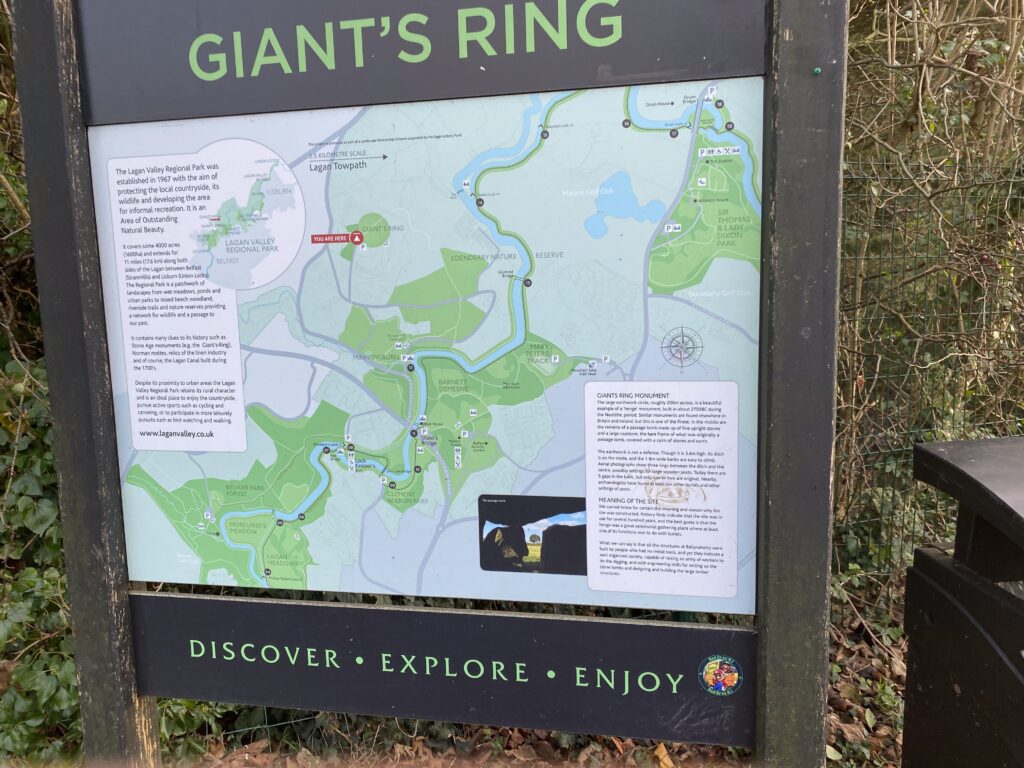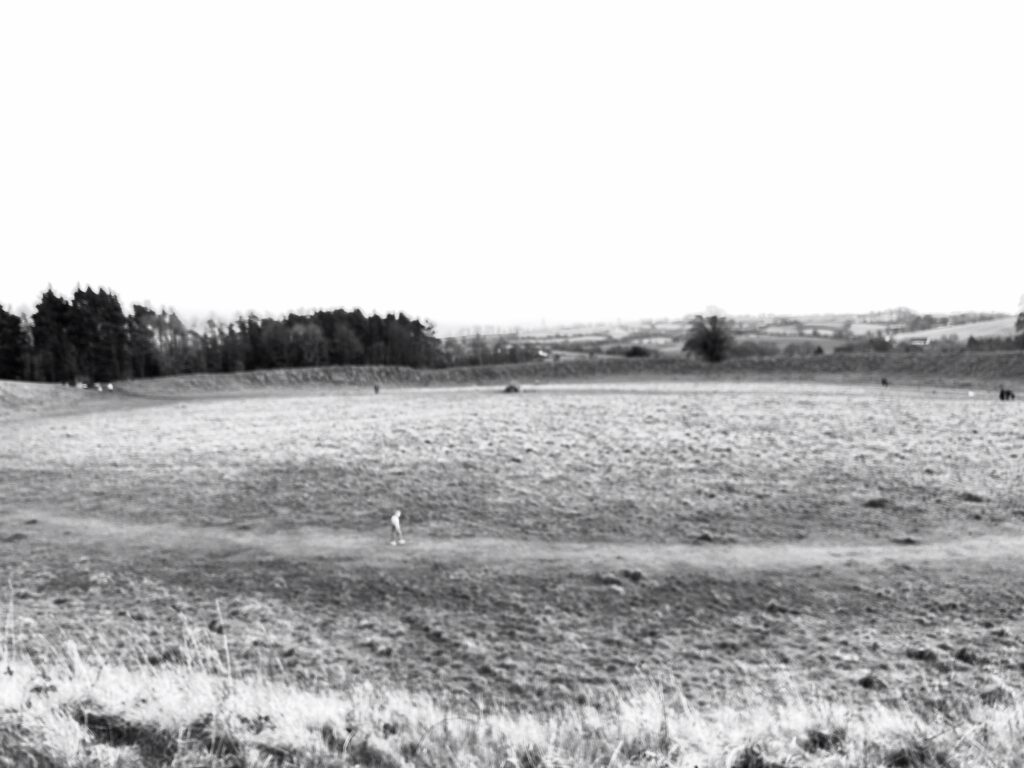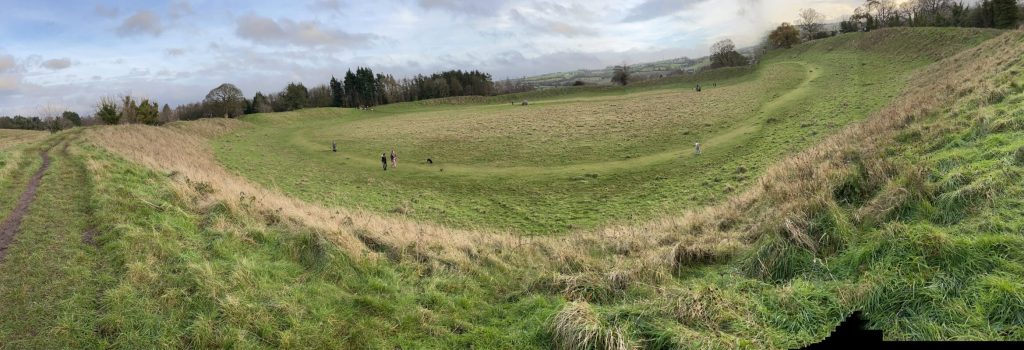Belfast’s Neolithic Roots
When we look at the ancient stone monuments, thousands of years old, which dot our landscape, it is difficult to truly comprehend what we are seeing, never mind comprehend their significance. There’s no questioning that they have inspired generations of writers, artists, and thinkers: with fantasy genres full of scenes centred around these mysterious sites, or the ponderous waving artforms which have been adapted from their stern faces. And just outside Belfast lies one of these mysterious monuments, the Giant’s Ring.
But when I see these monuments I can’t help but be impacted deeply far beyond the mere archaeology or mythology they represent because, I believe they hold out a reflection of something much greater. This is something we today would do well to stop and consider. You may be sceptical, you probably should be. So let me try to explain.

Neolithic Origins
The Giant’s Ring is a neolithic site (around 2700BC) located on the edge of Belfast, Northern Ireland. The main site which you can visit comprises a henge monument encircled by a 200m (diameter) earthen enclosure which stands an incredible 4m high. The solitary henge is what remains of a once much larger passage tomb.1
We should pause here for a moment. You read correctly – some 4700 years ago a group of people, living in what we now call Belfast, somehow managed to organise together and build this colossal wonder. They did so with tools more rudimentary than those we let our toddlers play with. Their understanding of engineering, materials, and architecture, puts many contemporary building projects to shame. The great stones used to construct the henge would each weigh several tons. The earthen enclosure would have taken years, possibly decades, to construct. The physical and practical realities which would have been involved are quite simply staggering. But why should we care?

Ancient Irish Culture
Well for starters, it means that Belfast’s cultural (and religious) roots date back over 20 times further than the American War of Independence. It predates the building of the pyramids. Whoever built these monuments were therefore one of the ancient civilisations, a people laying the foundations of history which contemporary Belfast is built upon. Indeed, the monument itself implies some form of cultural centre, a place where people would have visited from much further afield, perhaps a form of ancient neolithic pilgrimage.
Moreover, to have actually created this earthen embankment in a time when survival was a daily struggle, shows considerable sophistication. This was a people who lived for more than their day-to-day. It was costly, time-consuming, and would have been a symbol of incredible power and pride.
But don’t take my word for it.
Archaeological Evidence
If the Giant’s Ring itself wasn’t incredible enough, evidence of 2 megalithic tombs, 2 neolithic cists, and a standing stone, have all been discovered in the surrounding area. In fact, the earliest archaeological evidence of human activity dates as far back as 4,000-3,600BC, though it wasn’t until much later that the monuments we see today were built.2
In neighbouring fields, archaeologists have also discovered evidence of an enormous timber structure which has been the subject of significant archaeological interest and debate. With over 471 posts used to build the monument, some as big as 9m, it certainly sparks the imagination.3
Indeed, the discovery of the remains of a neolithic woman in nearby a passage tomb, the eponymous Ballynahatty woman, has provided rare DNA evidence of ancient Irish origins.4 Needless to say, this is a site of enormous historical importance and interest. 5
Significance Today
I like to imagine when I visit sites like this, what the people themselves would have been like: what would they have thought as they entered through the earthen enclosure and witnessed the great stones erected in front of them? What would have drawn them to such a place?
I am not qualified to give you an accurate answer, and perhaps no one truly can;6 but I don’t think that matters. What does matter is what we can learn from them. For to achieve something so great, requires collective action; collaboration across communities, possibly even across generations, as they built and rebuilt the various structures.
Belfast’s modern history is broken and painful, but I love to think that there exists a ‘before’. A time when those who lived here did so in greater harmony. Perhaps I’m naive? Perhaps not. Either way, it’s fun to imagine.

For more posts please see my blog page here.
- For more on the academic debate around this see: https://pureadmin.qub.ac.uk/ws/portalfiles/portal/200579222/Gormley_The_dating_67977510.pdf ↩︎
- https://www.qub.ac.uk/sites/uas/UASfilestore/Filetoupload,783202,en.pdf ↩︎
- https://the-past.com/feature/ballynahatty-reconstructing-a-rare-neolithic-timber-monument/ ↩︎
- https://www.bbc.co.uk/news/science-environment-35179269 ↩︎
- This isn’t an archaeological post. For that see the many other blogs on the subject some of which are listed here: https://roaringwaterjournal.com/2022/07/17/the-giants-ring/
https://www.themodernantiquarian.com/site/2243/giants_ring.html ↩︎ - The debate over the origin and purpose of the monument is still alive and well within academia. For a good summary see Footnote 1. ↩︎

Leave a Reply
You must be logged in to post a comment.